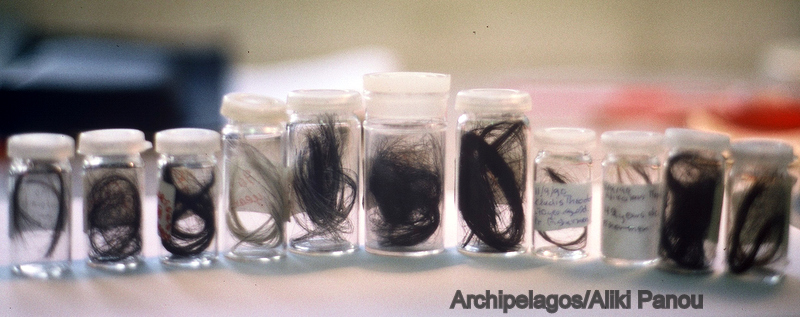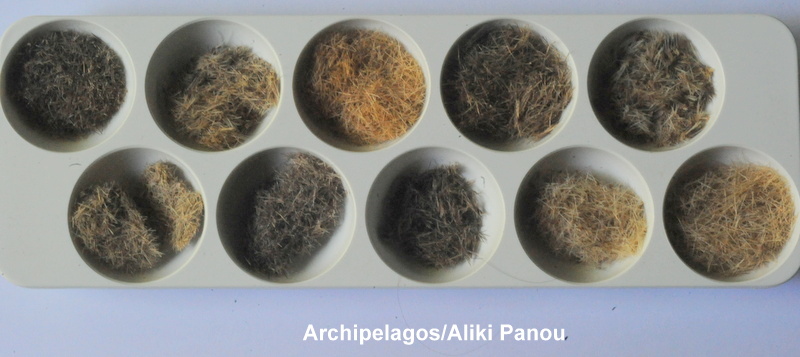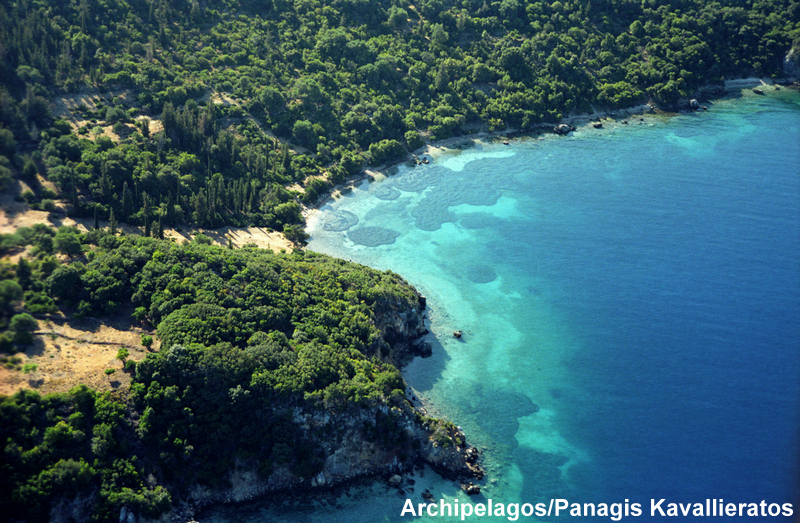Pollution of the marine environment is, in general, one of the main issues marine conservation has to deal with. It is well-known that several pollutants cause anomalies in the immuno-supressive system and in the reproduction of marine mammals – but also of humans!
It is also known that the pollutants accumulate in each level of the food chain (actually it is a “food web”): the fish that feeds on many small fish accumulates the pollutants.
Eventually, we find the highest concentrations in the top predators (marine mammals, turtles, tuna and man, of course) along with the respective impact.








